Does Screen Time Affect Kids’ Vision?
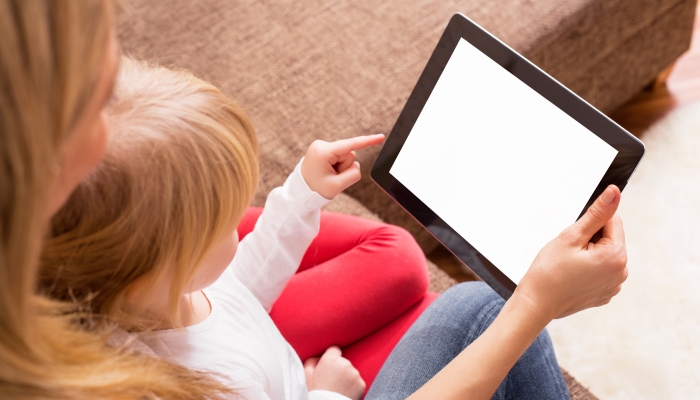
- Too much screen time has been shown to have many negative health consequences for children and teens.
- Too much screen time can cause eye strain, dry eyes, and even nearsightedness.
- Blue light from screens may impact a child’s quality of sleep.
- Scheduled breaks from screens are important for protecting your child’s vision.
Screens can be great tools for children and adolescents. Many new applications have been developed that help children practice reading and writing, improve math and science comprehension, and make learning fun.
On the other hand, excessive screen time has been shown to negatively affect children’s emotional health, behavior, and physical well-being. Even while choosing wholesome and educational applications and shows, there are health risks to consider.
As screens are used more frequently at home and in schools, parents often wonder, does screen time affect kids’ vision?
How Does Excessive Screen Time Affect Kid’s Vision?

Vision problems in children have become more common in recent years. Research shows that nearsightedness in children and adolescents has doubled since 197011. Is Screen Time Harming Your Child’s Vision?. UNC Health Talk. 2022. https://healthtalk.unchealthcare.org/is-screen-time-harming-your-childs-vision/, and many experts agree22. How Too Much Screen Time Can Impact a Child’s Vision. Cleveland Clinic. 2021. https://newsroom.clevelandclinic.org/2021/09/14/how-too-much-screen-time-can-impact-a-childs-vision that the increased use of screens in children is at least partially to blame.
While most vision problems associated with screen time are temporary, they may become permanent if left unaddressed.
Here are some of the ways screen time can affect kids’ vision:
|
|
The Blue Light Controversy

About one-third of visible light is on the blue-light spectrum. Blue light comes from the sun as well as other sources like television and phone screens. Blue light boosts alertness, elevates mood, and can promote a healthy sleep-wake cycle.
While blue light has many benefits and is naturally occurring, there are still risks associated with too much blue light exposure.
Too much blue light exposure is associated with:
- Macular degeneration.
- Cataracts.
- Eye cancer.
- Growths on the white part of the eye.
- Sleep problems.
The risks are even higher for children. In fact, a vision study by the National Eye Institute33. Heiting, G.. How to help children avoid computer vision syndrome. All About Vision. 2019. https://www.allaboutvision.com/cvs/children-computer-vision-syndrome.htm shows that children’s eyes absorb more blue light from digital devices. This means that parents should be extra diligent about implementing screen time limits, especially close to bedtime hours.
Guidelines and Recommendations
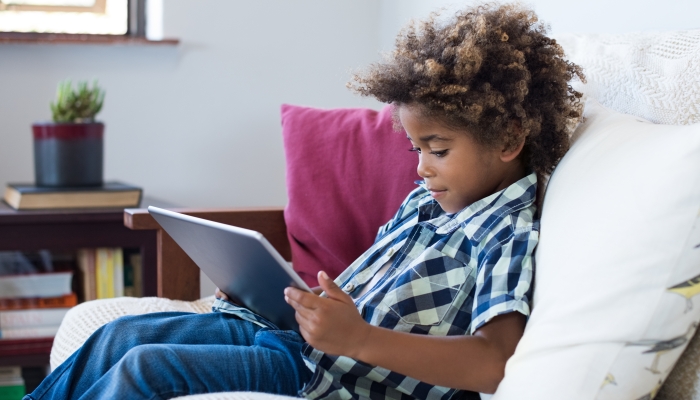
Trusted organizations such as the World Health Organization, American Academy of Pediatrics, and American Academy of Child and Adolescent Psychiatry recommend limiting screen time44. Screen Time and Children. American Academy of Child and Adolescent Psychiatry. 2024. https://www.aacap.org/AACAP/Families_and_Youth/Facts_for_Families/FFF-Guide/Children-And-Watching-TV-054.aspx for children and adults.
Some of these recommendations include:
- Limiting screen use to video chatting with the help of a caregiver before 18 months of age.
- Limiting screen time to watching educational programs with a caregiver between 18 and 24 months of age.
- Keeping any non-educational screen time under 1 hour per weekday and 3 hours on weekends for kids ages 2–5.
- Turning off all screens during family meals and outings and limiting use on car rides.
- Keeping passwords and parental controls on all devices.
- Keeping screens out of bedrooms.
- Turning off screens at least 30–60 minutes before bedtime.
Experts at the Mayo Clinic55. Howland, J.. Mayo Clinic Minute: How staring at screens can affect your vision. Mayo Clinic. 2022. https://newsnetwork.mayoclinic.org/discussion/mayo-clinic-minute-how-staring-at-screens-can-affect-your-vision-video also recommend using the 20-20-20 rule. Every 20 minutes, look at something 20 feet away and blink 20 times for 20 seconds. This may also be a good time to stand up, stretch your legs, and walk around for a while.
If you are worried about your baby’s vision, you can ask your pediatrician about a pediatric vision test. Most pediatricians begin testing your child’s vision at around three years old and continue routine vision checks annually.
Implementing Healthy Screen Habits

Limiting screen time for children can be a challenge. Some parents find themselves in a constant battle with their children about video games and television.
One of the easiest ways to promote healthy screen habits is to remove devices as often as you can. Avoid purchasing tablets or portable devices for as long as you can, and set firm limits on the use of cell phones and television watching.
Getting outside or playing games with your children makes it easy to avoid screens or take breaks from the television. Every once in a while, consider having a family screen time detox.
Other strategies for implementing healthy habits include:
- Setting a timer for screen time.
- Using blue-light-blocking glasses.
- Avoiding screens close to bedtime.
- Avoiding screens during mealtimes.
- Parents and children following similar rules about screens.
- Choosing books over screens.
- Spending more time outside than with handheld devices.
- Using screens as a time to learn or spend time with family.
FAQs
What are the early signs of eye strain in children due to screen time?
There are a few early signs of eye strain that parents can watch out for. Children who have red or dry eyes, rub their eyes frequently, complain of headaches, or start squinting to see things more clearly may be struggling with eye strain.
How does screen time affect toddlers’ vision compared to older children?
Screen time can cause both temporary and long-term problems in toddlers’ vision. Both toddlers and older children can experience dry eyes and eye strain when spending too much time watching screens. The effect of screen time is similar in both toddlers and older children.
Research does show that children’s eyes absorb more blue light than adults.
Is there a difference in vision impact between watching TV and using handheld devices?
Vision problems like eye strain are more often caused by holding handheld devices. This is because handheld devices are usually held closer to the face, and the eyes absorb more bright light. In addition, blinking slows down while using a computer or handheld device, which can lead to dry eyes and blurry vision.
What are the best types of screen protectors to reduce vision risk in children?
Blue light glasses are an effective way to protect children’s eyes from vision problems caused by screens. However, limiting screen time and taking breaks from phones, tablets, and television is the best way to protect your children from dry eyes, nearsightedness, and eye strain caused by too much screen time.
References
- Is Screen Time Harming Your Child’s Vision? UNC Health Talk. (2022, March 2). https://healthtalk.unchealthcare.org/is-screen-time-harming-your-childs-vision
- How Too Much Screen Time Can Impact a Child’s Vision. Cleveland Clinic. (2021, September 14). https://newsroom.clevelandclinic.org/2021/09/14/how-too-much-screen-time-can-impact-a-childs-vision
- Heiting, G. (2019, February 27). How to help children avoid computer vision syndrome. All About Vision. https://www.allaboutvision.com/cvs/children-computer-vision-syndrome.htm
- Screen Time and Children. American Academy of Child and Adolescent Psychiatry. (2024, May). https://www.aacap.org/AACAP/Families_and_Youth/Facts_for_Families/FFF-Guide/Children-And-Watching-TV-054.aspx
- Howland, J. (2022, August 26). Mayo Clinic Minute: How staring at screens can affect your vision. Mayo Clinic. https://newsnetwork.mayoclinic.org/discussion/mayo-clinic-minute-how-staring-at-screens-can-affect-your-vision-video
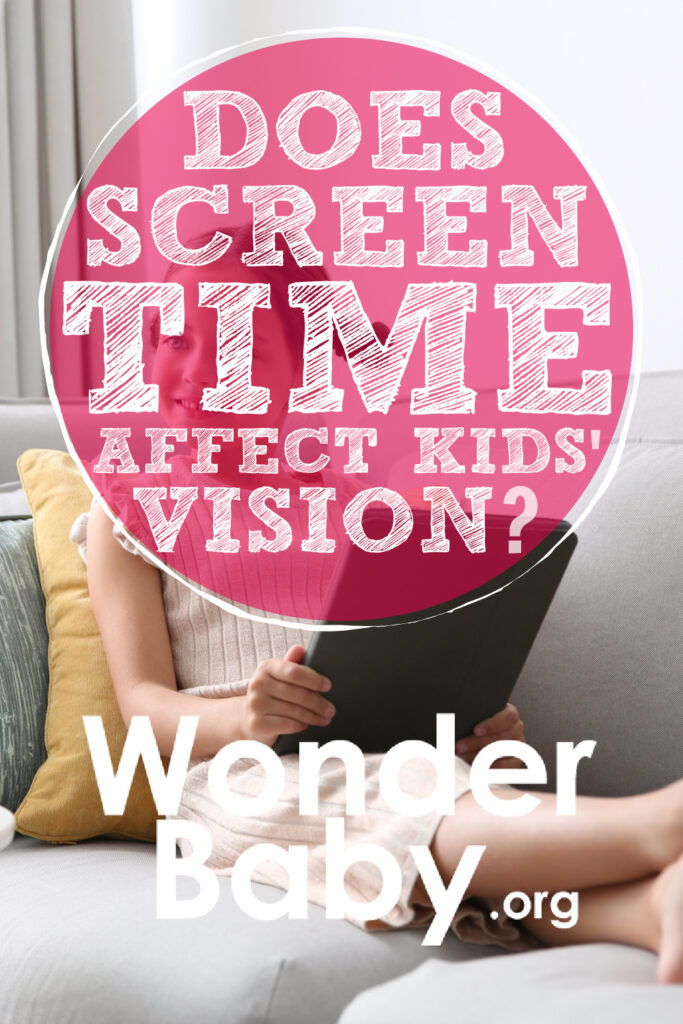
The information WonderBaby provides is not intended to be, and does not constitute, medical or other health advice or diagnosis and should not be used as such. Always consult with a qualified medical professional about your specific circumstances.
Related Posts

Eye Conditions and Syndromes, Visual Impairment
Neuralink Announces Plans to Restore Sight to the Blind with Brain Chip
Elon Musk’s company Neuralink has announced plans to begin human trials of its new “Blindsight” brain chip by the end of 2025.
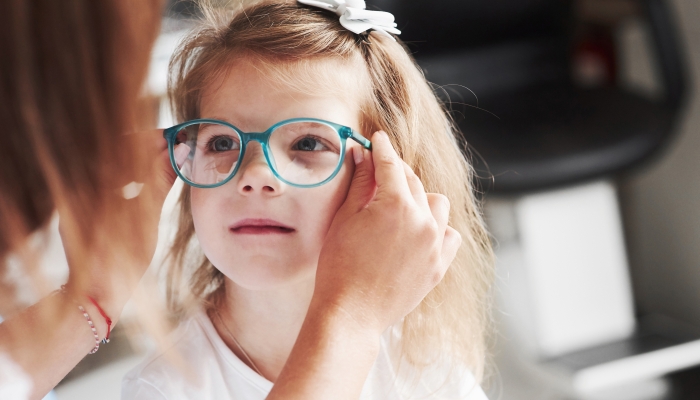
Eye Conditions and Syndromes, Support, Visual Impairment
Coping with a Diagnosis: Emotional Support for Families with Visually Impaired Children
Families with emotional support are more resilient. Learn how to establish emotional support with peers, professionals, and the community to help your family thrive.
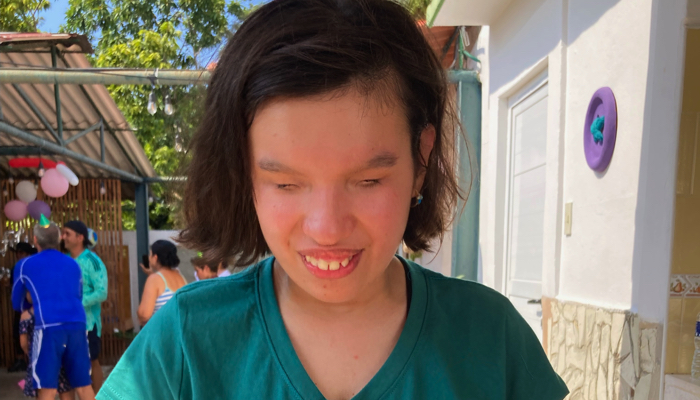
Eye Conditions and Syndromes
Finding Joy and Strength in Raising a Child with Anophthalmia
When raising a child with anophthalmia, be patient, be kind to yourself, and take it one day at a time. Your child will fill your life with love!